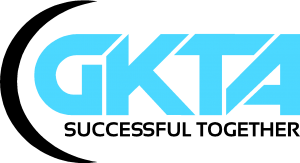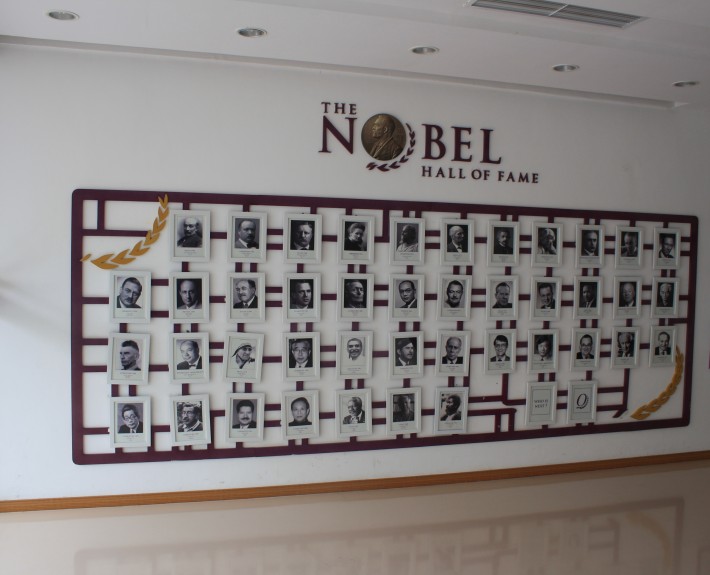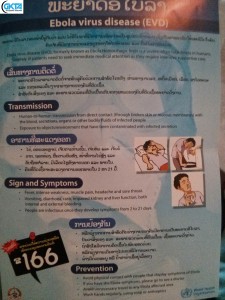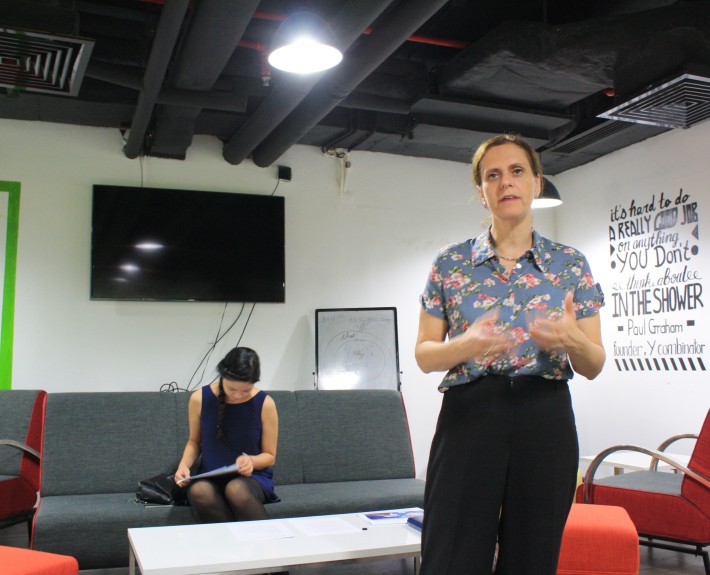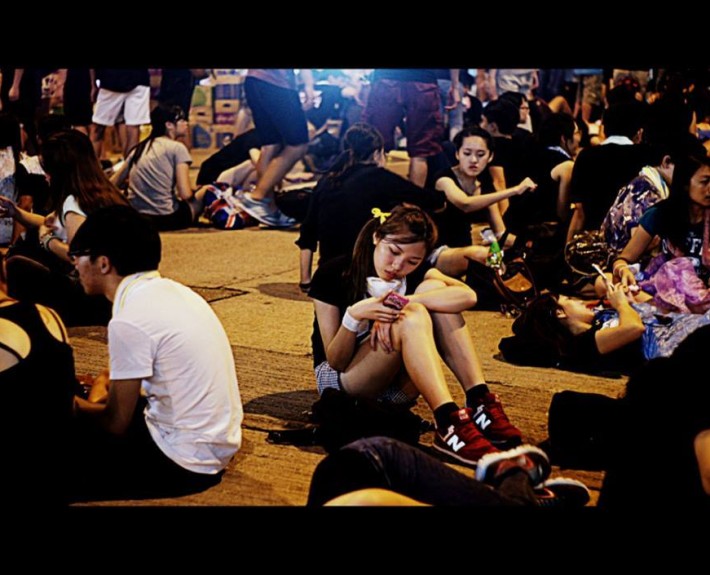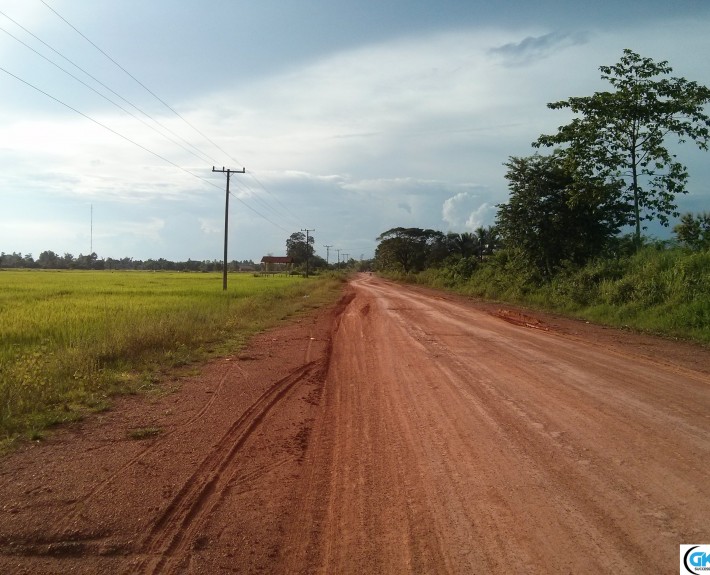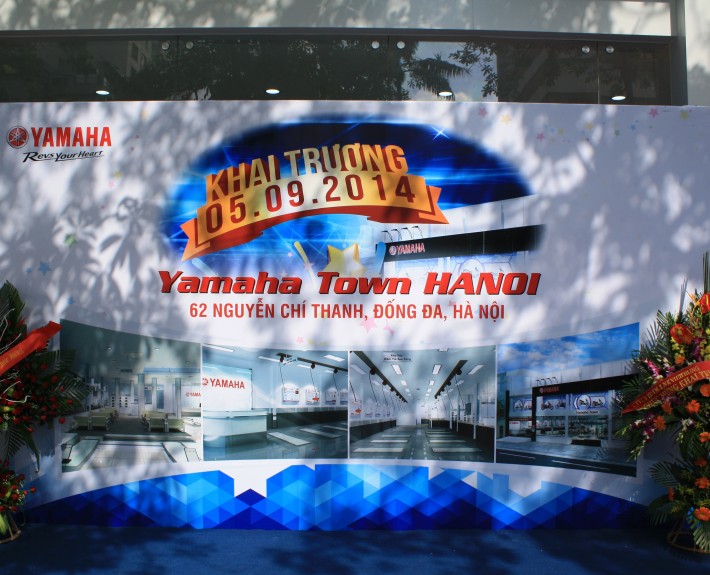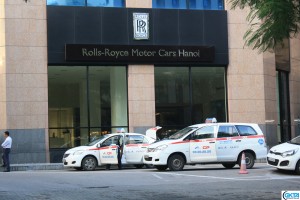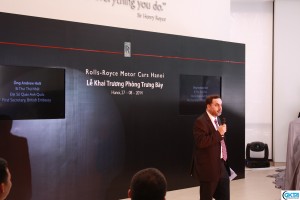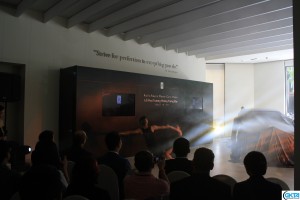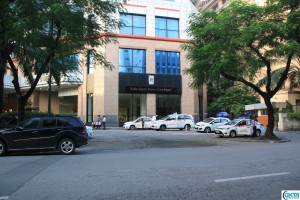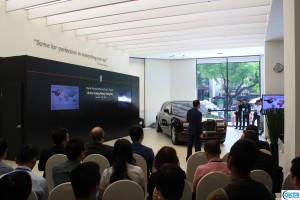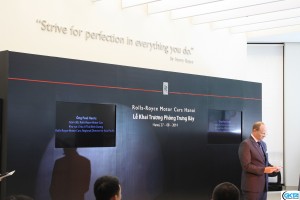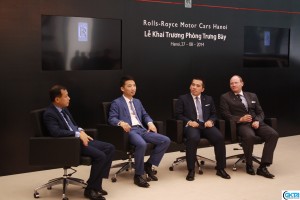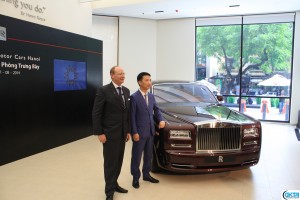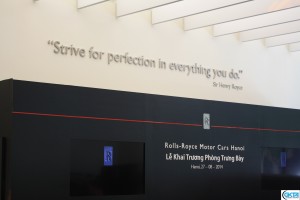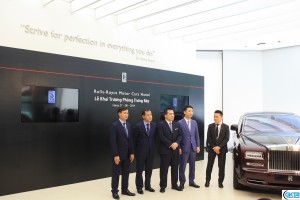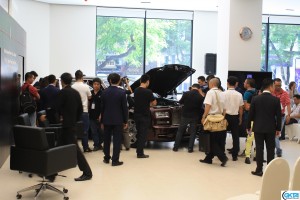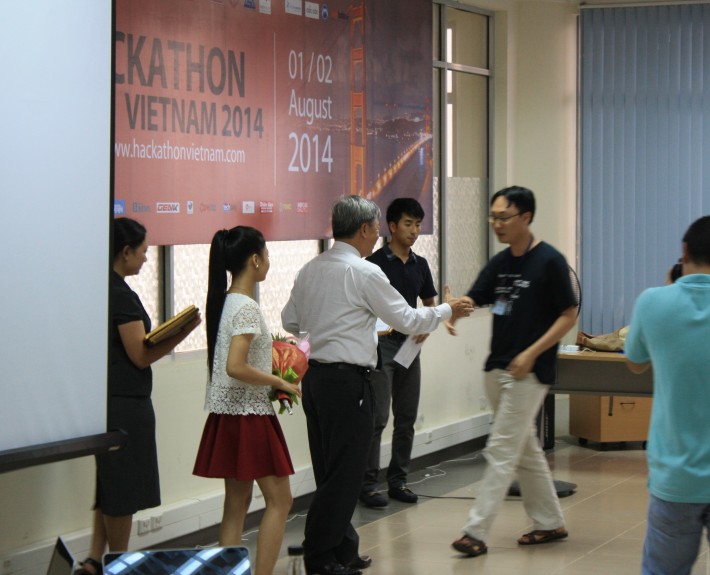The Olympia Schools
We all remember the best and worst teachers we had growing up but what makes a school great? Is it the students, the teachers, or the environment? Is it a top-down approach, organic growth, or innovative teaching methods? Or is it simply a matter of caring and going beyond preparing students for the next stage of life?
With some exceptions, primary and secondary education in Asia doesn’t have a stellar reputation to begin with: many schools are pressure cookers that are ripe with rampant student cheating, some who freely admit to doing so. In some instances parents pay teachers to “look after” their children and teachers pay the school’s principal to get a job in the first place. Traditionally, the goal of education in large parts of Asia is to absorb and repeat as much as factual knowledge as possible (rote learning) all without questioning the wisdom and authority of teachers.
The Olympia Schools aims to change the educational mindset whereby students focus on how to learn and access information so that they are able to develop the critical thinking skills which will be essential when facing new challenges in the 21st century. The school places emphasis on the process of learning, and seeks to intersect theory and practice for each of its units throughout the school year.
Simply put, the Olympia Schools are a new breed of education in Vietnam. The school started out as Dream House 11 years ago and was the creation of four Vietnamese women who weren’t satisfied with the local kindergarten offerings in the neighborhood. So naturally, they did what anyone would do: they opened their own school. Word spread about the new school and it became a popular school with parents who wanted better alternatives for their children. It was so popular that when the co-founders’ children finished kindergarten, they started an elementary school. Finally, about four years ago the school became the Olympia Schools. Today, some students are bused to the school from up to an hour away.
Christopher McDonald, a native of Michigan, is the Head of Schools. He has played an integral part in shaping the school’s atmosphere and amenities to form the current school environment. We stopped by on a recent Friday morning to speak with Mr. McDonald about what makes the Olympia Schools unique in Vietnam and how the school is preparing its students for life (the school’s motto).
A Meteoric Rise in a Decade
The Olympia Schools is located in Trung Van, Tu Liem, Hanoi. The facilities at the school include a tennis court, a football (soccer) field, an art studio, a games area, a weight room, and even an underground swimming pool. The vast majority of the students are Vietnamese and instruction is given in both English and Vietnamese. Among one of the many notable firsts, the school was the first in Vietnam to offer the PSAT last year and currently offers AP courses. During the summer, the school is host to a camp called Utopia where participants create their own society.
The campus has a distinct international feel to it and has a wide range of easing colors throughout the halls. When we arrived, the first graders were practicing for the Winter Festival, to be held later this month. There is a good feel of school spirit, from the formal uniforms (which are worn every day except on Casual Fridays) to the country flags hanging in the entrance hall to the nice green spaces surrounding most of the school (it’s sometimes hard to find quality green space in a bustling city like Hanoi). Even Martial Arts and cooking classes are offered and the students’ photos are displayed on digital signage on their birthdays, a nice way to make the students feel even more special.
Below is the school’s mission statement:
“The Olympia Schools embrace Vietnamese values while providing an integrated experience in the study of English and global issues by developing fundamental skills, fostering creativity and problem solving, and promoting ethics that allow students to adapt, to improvise, and to overcome challenges–we prepare students for life.”
Grades 1 through 12 are offered at the campus and there are plans to bring the kindergarten classes on site in the future. The school also has partnerships with educational organizations in the United States as well as Canada—something that gives it an advantage in terms of prestige but also exposes its partner schools to resources on the other side of the world–a winning formula for all.
The school also focuses on soft skills beyond the classroom to develop all aspects of a student’s character and attitude. The faculty is a mix of local and foreign teachers and we saw several classrooms that had projectors as you would find in the US. The school currently uses a four term school year where students focus on different objectives each term. For example, Term 1 revolves around project based learning (PBL); Term 2 ends in traditional formal testing; Term 3 features Creative Learning Expression which requires the student to demonstrate what s/he has learned via any medium; and Term 4 is a portfolio review/analysis which culminates in a reflective end to the school year. For more information about the terms, please see here.
Additionally, there is a summer skills component which may include an internship, e-project, or reading assignment. As a testament to how impactful the school’s efforts are, Vietnam’s Ministry of Education and Training (MOET) has followed The Olympia School’s success in regards to using integrated studies in its curriculum. The result has been Olympia Schools graduates going on to be successful in their university careers, in large part due to the emphasis on scholarship and continuing studies.
As profiled in the Forbes piece:
“It was the first Vietnamese school with a college counselor on site like an international school—normally college counseling is offered via a separate paid center—and its graduates often attend university overseas.”
The school’s alumni in recent years have gone on to study in the US, Singapore, Australia, China, and other countries. From organizing a kindergarten class to building an entire campus and sending students off to universities within a decade; an amazing feat indeed.
A Future Model
On December 20 and 21, the Winter Festival will be held at the Olympia Schools. The Winter Festival will feature performances, a fair, and games and will include participants from other schools in Hanoi as well. This year’s theme is fairy tales of Vietnam and other countries with the purpose being to raise money for the “Seasons of Care” fund which was founded four years ago. The fund aims to build a new water supply and filtration system for Na Loc Primary School, Ban Mu, Tu Xuyen, Van Quan County in Lang Son Province, close to China. Art performances and games will be held from 2:00 PM to 9:00 PM on both days as the fair provides opportunities for the community to come together to make an impact in Vietnam all while enjoying each other’s company.
So beyond this month, what’s in store for the Olympia Schools? Well, it hopes to be the new model for schooling in Vietnam by combining learning with experiences in and out of the classroom, i.e., learning by doing and by sharing with others.
In this day and age students cannot afford to be mere bystanders or observers of history because the classroom of today will be the workplace of tomorrow in terms of diversity, culture, and foundations of excellence. The successful students will be the ones who communicate effectively, who engage with different and relatively unknown cultures from their own, who think critically, who ask thoughtful questions, who reflect upon their experiences, and who can work together with anyone to accomplish synergy.
Schools like The Olympia Schools realize the new world that we all live in–this Information Age–and seek to prepare students for a rapidly changing and volatile world by enabling them to craft and assemble the tools to understand and overcome complex global challenges that they will encounter in their lives. This task is critical because one day in the near future students will have to answer a vital question: what does this change mean for me?
Thanks to Christopher McDonald, Head of Schools for sharing his time with us and answering our questions.
